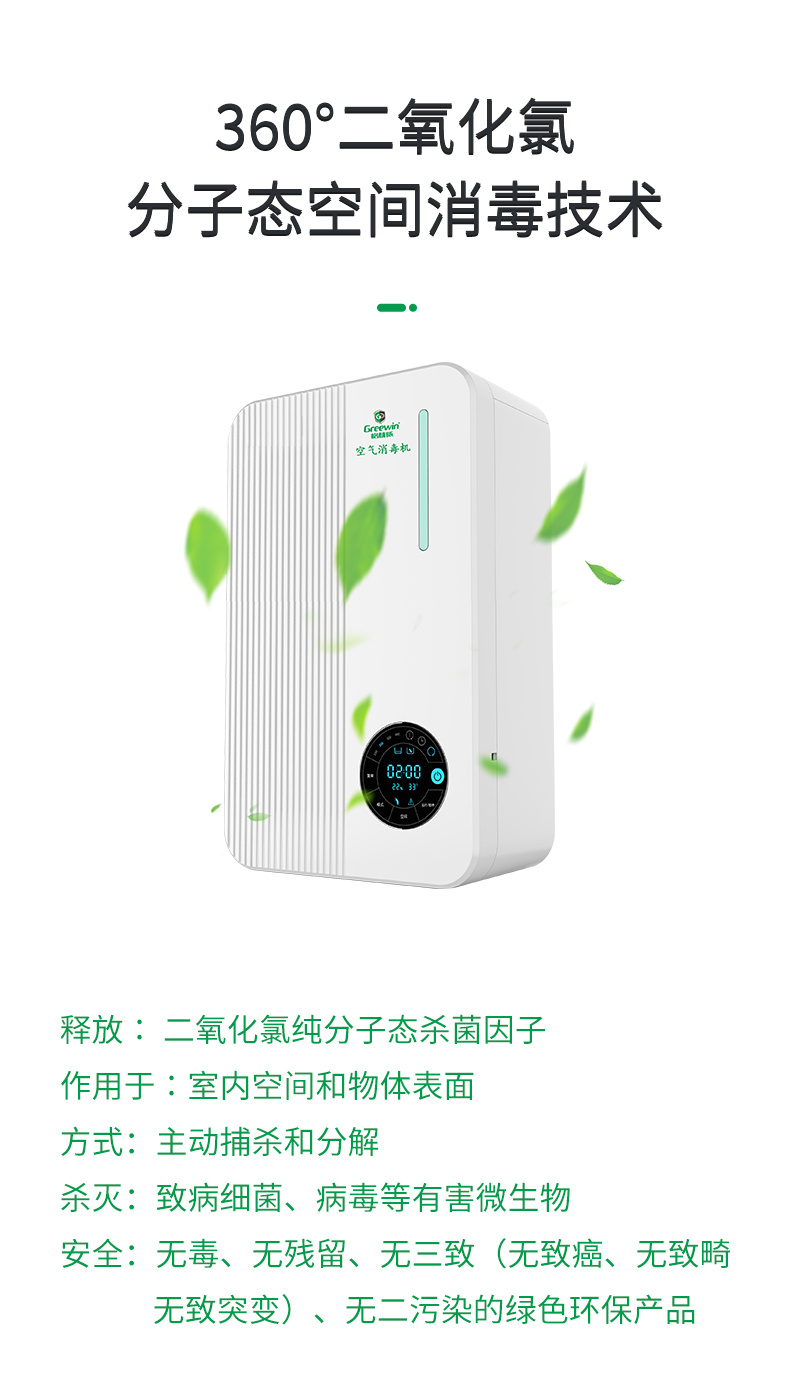Introduce the transportation precautions of high-efficiency disinfectant
Disinfectants are often referred to as "chemical disinfectants". High-efficiency disinfectants can kill all bacterial multiplication bodies (including mycobacteria), viruses, fungi and their spores, etc. Bacterial spores also have a certain killing effect and meet high-level disinfection requirements, including chlorine-containing disinfectants, ozone, methyl hydantoin compounds, double-chain quaternary ammonium salts, etc.

Intermediate disinfectants can only kill microorganisms such as mycobacteria, fungi, viruses and bacterial propagules, and meet the disinfection requirements, including iodine-containing disinfectants, alcohol disinfectants, phenol disinfectants, etc. Low-efficiency disinfectants can only kill bacterial propagules and lipophilic viruses, and meet the disinfectant requirements, including quaternary ammonium salt disinfectants such as benzalkonium bromide, biguanide disinfectants such as chlorhexidine (chlorhexidine), mercury, silver , Copper and other metal ion disinfectants and Chinese herbal medicine disinfectants.
Disinfectant refers to a preparation used to kill pathogenic microorganisms on the vector to make it harmless. It is different from antibiotics. Its main role in disease prevention is to eliminate pathogenic microorganisms. Outside the human body, cut off the transmission route of infectious diseases to achieve the goal of controlling infectious diseases. People often refer to disinfectants as "chemical disinfectants". Transport precautions: When transporting by railway, it should be installed in strict accordance with the dangerous goods distribution table in the "Dangerous Goods Transportation Regulations" of the Ministry of Railways.
Ship separately during transportation, and ensure that the container does not leak, collapse, fall, or damage during transportation. The transportation vehicles should be equipped with corresponding types and quantities of fire-fighting equipment during transportation. It is strictly forbidden to transport it in parallel with acids, combustibles, organics, reducing agents, spontaneously combustibles, and damp inflammables. When transporting, the speed should not be too fast, and it is not allowed to overtake forcibly. Transport vehicles should be thoroughly cleaned and washed before and after loading and unloading, and it is strictly forbidden to mix organic matter, flammable matter and other impurities.
RELATED INFORMATION
Introduce some tips to remove the peculiar smell of the refrigerator
2021-11-26
Introduce the transportation precautions of high-efficiency disinfectant
2021-11-18
Search
- All
- Product Management
- News
- Introduction
- Enterprise outlets
- FAQ
- Enterprise Video
- Enterprise Atlas





